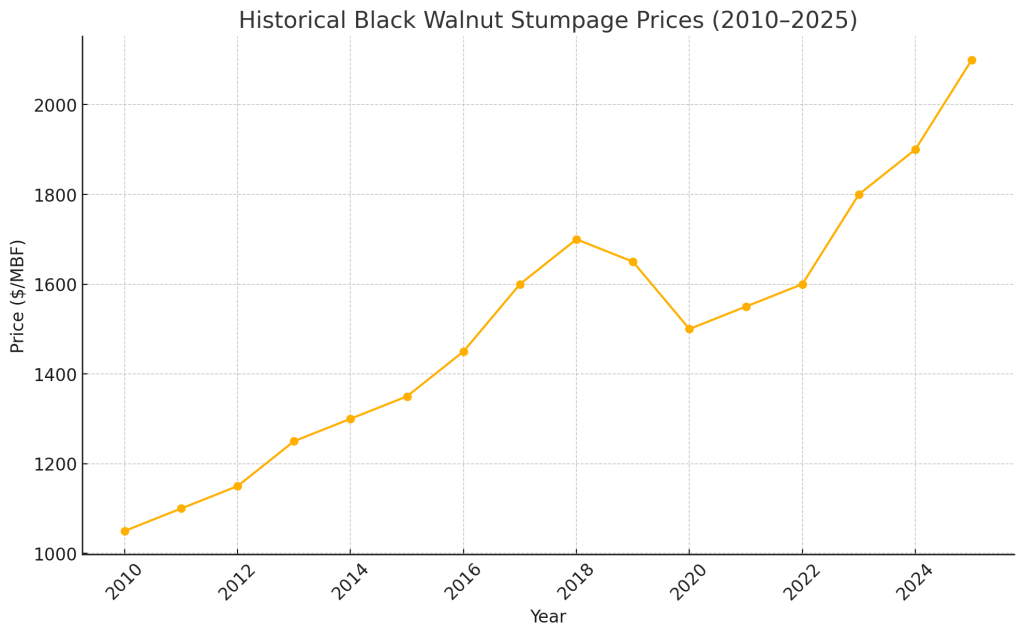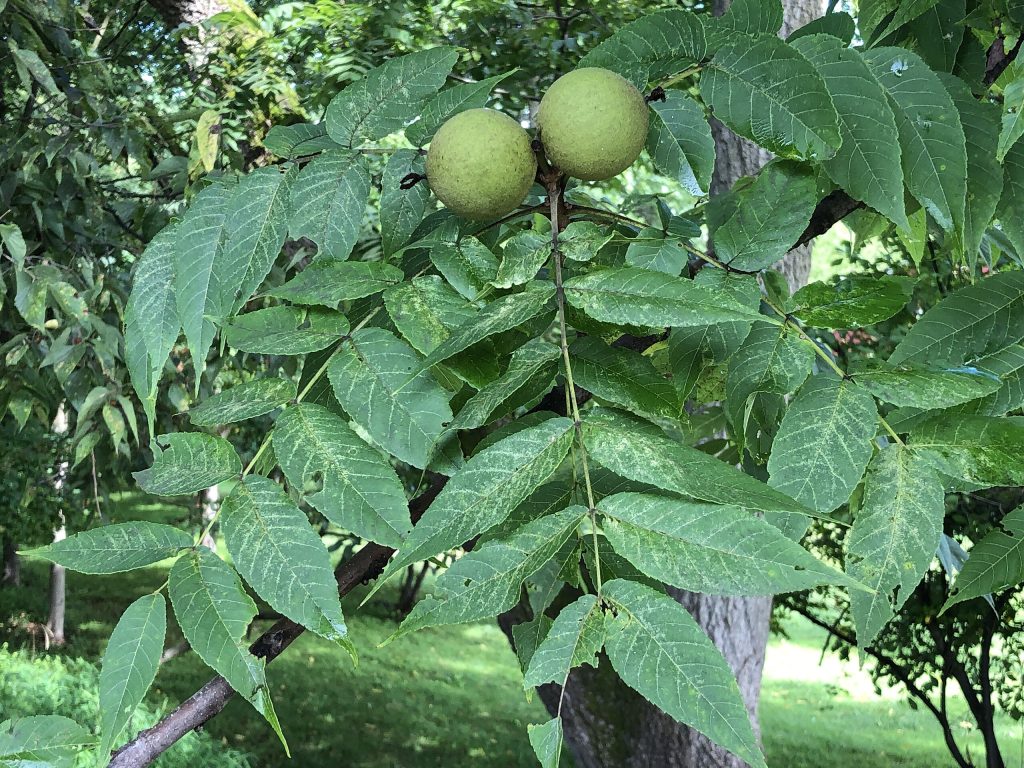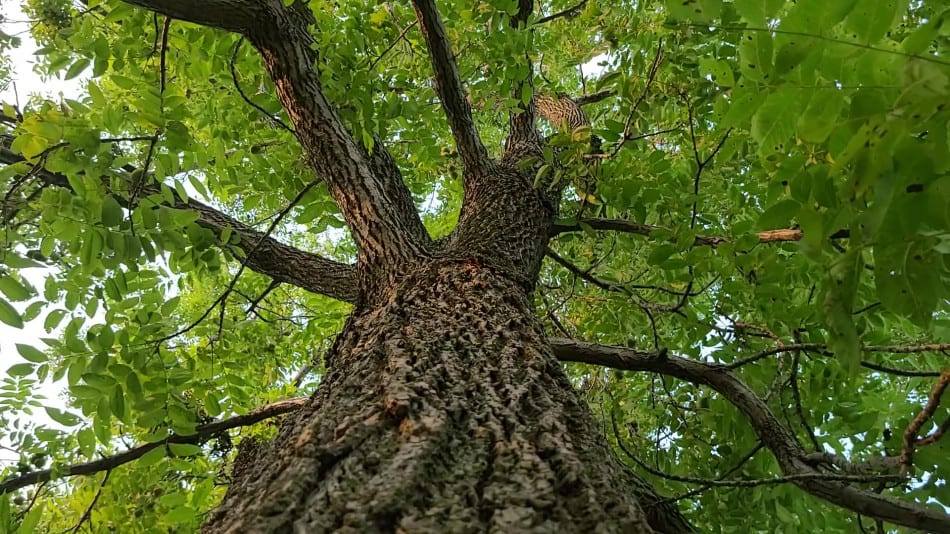Most of Ohio and the surrounding area is highly suitable for producing high quality black walnut trees.
If you own timberland in Ohio, Indiana, Kentucky, or Pennsylvania, knowing when and how to sell black walnut trees can significantly impact your bottom line. If you’re considering selling black walnut trees on your property in 2025, this guide explains current pricing trends, market drivers, and how to get the most from your timber.
2025 Pricing Trends in Ohio and Neighboring States
As of mid-2025, black walnut prices across the Ohio Valley and Midwest are holding strong, with both sawlog and veneer-grade material in high demand. In Ohio, black walnut continues to command a premium—especially in Northwest and Central counties where access to mills is strongest.
According to regional data:
- Ohio & Indiana: Average stumpage prices for high-quality walnut range from $2,500–$3,000/MBF. Delivered veneer logs can exceed $4,000/MBF depending on size and clarity.
- Kentucky: Medium-grade black walnut logs rose over 50% year-over-year from 2023 to 2024, with continued steady gains into 2025.
- Illinois: Recent surveys report average stumpage at $1,628/MBF, and veneer logs averaging $3,232/MBF.[1]
- Missouri: Veneer logs peaked at $5,364/MBF in Q1 2025, with averages above $4,000/MBF.[2]
Current Pricing for Black Walnut in 2025
Recent regional surveys show robust demand for black walnut logs across the Midwest. In Illinois, average stumpage for black walnut timber is reported at $1,628/MBF, with veneer logs averaging $3,232/MBF and delivered logs to mills selling for about $3,270/MBF.[1]
Retail pricing for black walnut lumber is also strong. As of August 2025, kiln-dried 4/4 select and better lumber averages $11.70–$13.30 per board foot, depending on thickness and grade.[3]
Why Black Walnut Is So Valuable in the Ohio Region
- Geography: Ohio’s loamy bottomland soils and long growing season produce straight, tall black walnut trees ideal for veneer and sawtimber.
- Mill Access: Buyers in Indiana, Kentucky, and western Pennsylvania drive competitive prices for walnut logs, especially near state lines.
- Low Supply: Black walnut comprises a small fraction of regional hardwood forests, keeping stumpage prices high.
- Export Demand: Veneer-quality walnut logs from Ohio and surrounding states are in demand from Asia and Europe, pushing premiums even higher.
- Alternative Species Pressure: Decline in ash and shifts in oak pricing make black walnut a reliable standout in timber portfolios.
Regional Price Table – Black Walnut Logs (2025)
| Log Grade | Stumpage ($/MBF) | Delivered Price ($/MBF) | Lumber Retail ($/BF) |
|---|---|---|---|
| Low-grade sawlog | $1,200 – $1,500 | $1,800 – $2,200 | $8 – $10 |
| Medium-grade sawlog | $1,600 – $1,900 | $2,600 – $3,200 | $11 – $13 |
| High-grade veneer log | $2,500 – $3,200+ | $4,000 – $4,800+ | $14 – $15+ |
Keys To Selling Black Walnut Timber
- Conduct a timber cruise: An expert from Ohio Timber Works can assess the grade, volume, and value of your standing timber accurately.
- Understand grading: Veneer-grade black walnut logs are usually straight, defect-free, and at least 30″ in diameter—these logs command the highest prices across the region.
- Work with regional buyers: Ohio Timber Works and other local buyers often have relationships with regional mills that boost competitiveness and offer higher bids.
- Be strategic about timing: Markets tend to strengthen in winter and early spring when access is easier and mills are actively sourcing inventory.
Creating a Tailored Harvest Plan
We assess soil quality, current stand density, and species mix to design a harvest plan just for you. From spacing and thinning cycles to rotation intervals, each step is chosen to support regeneration, maintain quality, and align with your sustainability or financial goals.
The timing of your timber harvest plays a critical role in both the price you receive and the impact on your woods. In Ohio and surrounding states, winter is typically the best time to sell black walnut trees. Frozen ground minimizes soil disturbance, making access easier for logging equipment while protecting the long-term health of your woodland.
Historical Black Walnut Stumpage Prices

Trust Your Black Walnut with US
Our robust domestic and international markets ensure your trees get the highest price possible.

But timing isn’t just about the season—it’s also about the maturity and quality of your trees. You’ll get the best return on black walnut when the trees are:
- Large: At least 18–20 inches in diameter at breast height (DBH), with higher premiums for logs over 24 inches.
- Straight and tall: Clear, defect-free stems with few limbs on the first 8–10 feet of trunk are ideal for sawlog and veneer markets.
- Free of rot or forks: Defects reduce grade and dramatically impact price per board foot.
Even if your trees aren’t quite ready today, evaluating them now gives you a clear picture of their current and future value. A professional cruise can help you decide whether to sell now or wait a few more years to maximize your return.
Is This a Good Time to Sell?
Yes—2025 has brought strong and stable markets for black walnut across the Ohio Valley. Veneer and sawlog prices remain historically high, particularly for quality stems over 18 inches in diameter. If you own wooded acreage in Ohio or a neighboring state, this may be a smart time to evaluate your timber’s potential.
Give Timber Works a call today to schedule an appointment with one of our timber consultants. It’s no obligation and a great way to ensure you’re taking proactive steps to be good stewards of the land.

